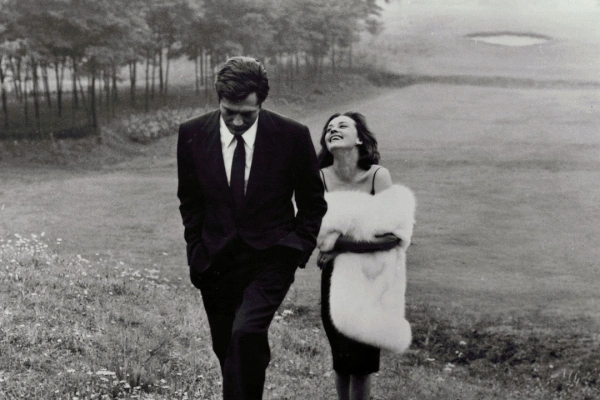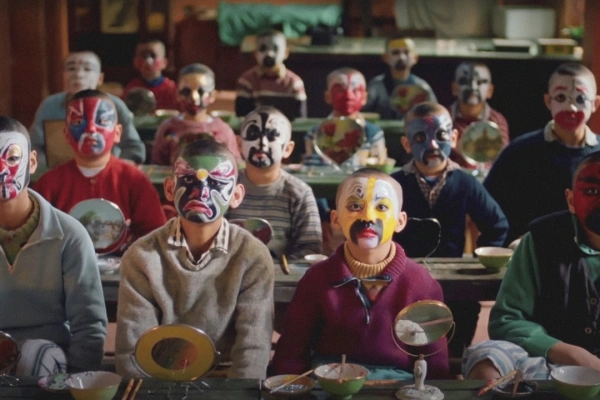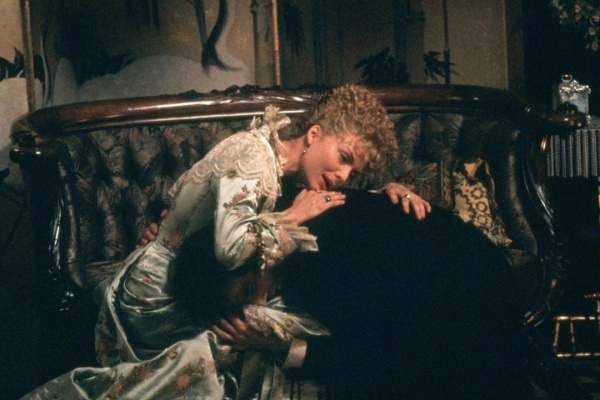A more melancholic piece than some of Hong’s breezier offerings as he explores fictive ideals and sad realities through the idea of cinema as a mirror image.

Review #2,562
Dir. Hong Sang-soo
2005 | South Korea | Drama | 89 min | 1.85:1 | Korean
R21 (passed clean) for sexual scenes
Cast: Kim Sang-kyung, Uhm Ji-won, Lee Ki-woo
Plot: In Seoul, a suicidal student meets a young woman who decides to join him in his fatal gesture. Tongsu, an unsuccessful filmmaker, spots a beautiful young woman, who happens to be the lead actress in the film he has just seen.
Awards: Nom. for Palme d’Or (Cannes)
International Sales: MK2
Accessibility Index
Subject Matter: Moderate – Cinema; Connections; Suicide
Narrative Style: Slightly Complex
Pace: Slightly Slow
Audience Type: Slightly Arthouse
Viewed: Projector X: Picturehouse
Spoilers: No
Stripped to its bare concept, one might describe Tale of Cinema as Hong Sang-soo’s attempt to ‘cinema-tise’ Jacques Lacan’s idea of the mirror image. Lacan posited that what we see in the mirror is the perfect ideal, while we ourselves are less than satisfactory in reality.
Here, Hong subjects the audience and his characters to the ‘mirror’, exploring fictive ideals and sad realities as the film draws us, with his usual sly sleight-of-hand, into a world where reel and real-life conflate on a meta-philosophical plane.
Not that Tale of Cinema is a purely philosophical film, but here we see Hong trying to say something about the psychological and emotional impact of the medium on those who view and revere it.
“There’s nothing special about an actress. She’s a woman like any other.”
A suicidal young man meets a woman who is convinced to commit suicide with him. Later, another man, an unsuccessful filmmaker, exits a film screening and spots a woman who is an actress he had just seen on the big screen.
Hong brings these two stories together through the conduit that is the cinema (duh!), opening up conversations on how fiction informs real life, and how we desire reality to be like the movies.
Apparently, many critics regard Tale of Cinema as the film that cemented Hong’s style (cue conspicuous zooms, idiosyncratic choices of music, diptych narrative structure and ‘mirroring’ characters, etc.). As such, this might be a good place to begin if you are just starting out with South Korea’s most prolific filmmaker.
Grade: B+
Trailer:
Music:











